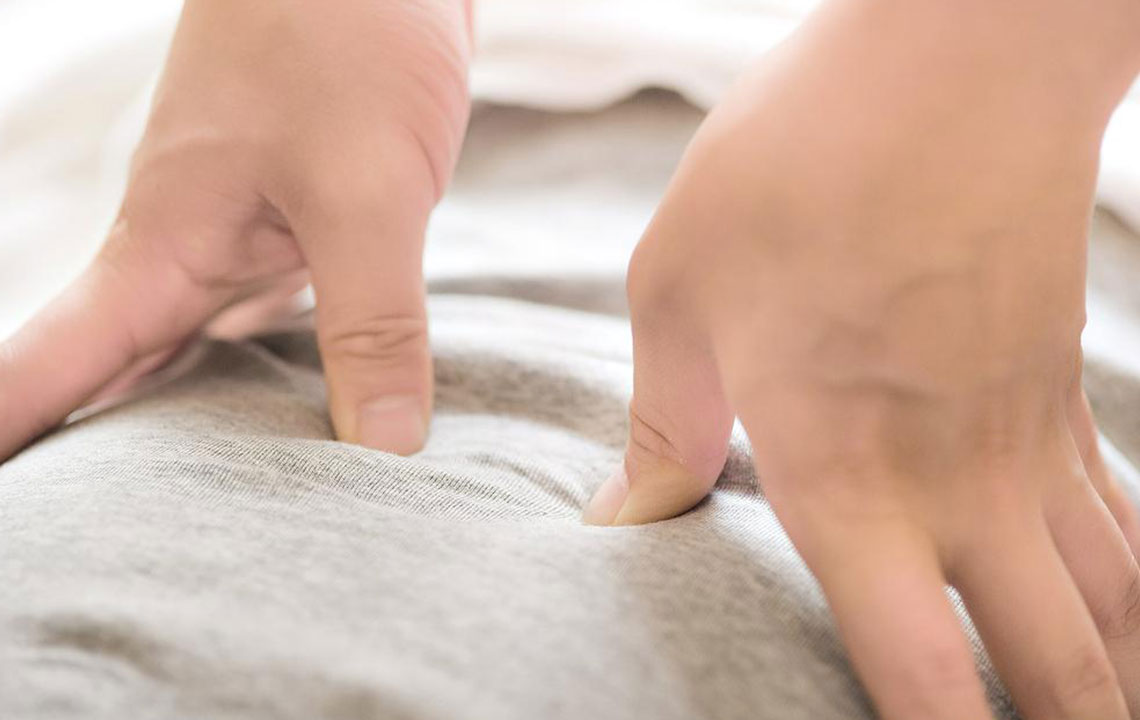Comprehensive Guide to Recognizing and Managing Diabetic Nerve Damage Symptoms
This comprehensive guide explores the symptoms and management of diabetic nerve damage, emphasizing the importance of early detection. It covers various types, including peripheral, autonomic, radiculoplexus, and focal neuropathies, providing detailed descriptions of their distinct symptoms and risks. Effective blood sugar control and timely medical intervention are critical in preventing complications such as ulcers, infections, and organ dysfunction. Patients living with diabetes are encouraged to monitor symptoms vigilantly and maintain regular health check-ups. Early diagnosis and personalized care can greatly improve outcomes and enhance quality of life.

Understanding Diabetic Nerve Damage: Symptoms and Management Strategies
Living with diabetes presents numerous challenges, and one of the most serious complications is diabetic nerve damage, medically known as diabetic neuropathy. This condition occurs when high blood sugar levels over time cause damage to nerve fibers throughout the body. Recognizing the early signs and symptoms of diabetic neuropathy is crucial for timely intervention, which can significantly improve quality of life and prevent severe complications.
Diabetic neuropathy primarily affects nerves in the legs and feet, but it can also involve other parts of the body, including internal organs. The types of neuropathy are classified based on the affected nerves and the symptoms they cause. Understanding these variations is essential for accurate diagnosis and effective treatment.
Types of Diabetic Neuropathy and Their Distinctive Symptoms
Diabetic nerve damage manifests in several forms, each with unique symptoms and implications. The four main types are Peripheral Neuropathy, Autonomic Neuropathy, Radiculoplexus Neuropathy, and Mononeuropathy. Knowing the differences among these can facilitate early detection and targeted management.
Peripheral Neuropathy: The Most Common Form
This form typically begins in the feet and legs, gradually progressing upwards. It may also affect the hands and arms in later stages. The hallmark signs include:
Numbness or reduced sensation in the toes, feet, or legs, making it difficult to perceive pain or temperature changes
Altered sensation to hot, cold, or touch, sometimes leading to burns or injuries unnoticed until later
Sharp, shooting, or burning pains often occurring at night
Increased sensitivity to touch, where light contact causes discomfort
Persistent tingling or prickling feelings akin to pins and needles
Muscle weakness and atrophy in affected limbs
Decreased reflexes, especially at the ankles
Balance problems and coordination difficulties, increasing risk of falls
Foot-related issues such as ulcers, infections, or joint pain due to loss of sensation and circulation
Patients experiencing these symptoms should seek medical evaluation promptly, as peripheral neuropathy can lead to serious complications if left untreated.
Autonomic Neuropathy: Impact on Internal Organs
This form affects the autonomic nervous system, which controls vital involuntary functions. Symptoms may vary depending on the organs involved and include:
Digestive issues such as nausea, bloating, constipation, or diarrhea
Urinary problems, including incontinence or retention
Blood pressure fluctuations, leading to dizziness or fainting
Erectile dysfunction in men
Irregular heart rate or abnormal sweating
Impaired temperature regulation, causing difficulty in maintaining body heat or cooling
Recognizing autonomic neuropathy symptoms is vital for preventing potential life-threatening complications and managing ongoing health concerns effectively.
Radiculoplexus Neuropathy: Sudden Pain and Weakness
This type, also called femoral or lumbosacral plexopathy, involves nerves in the thighs, hips, and legs. Symptoms tend to develop suddenly and are often unilateral. Signs include:
Intense pain localized in the hip, thigh, or groin area
Weakness that makes movement or standing difficult
Difficulty rising from a seated position
Abdominal swelling or tenderness
Unintentional weight loss in some cases
This form of neuropathy requires prompt medical attention to manage pain and prevent further nerve damage.
Mononeuropathy: Focal Nerve Damage
Focal nerve involvement causes sudden, localized symptoms, often affecting just one nerve or nerve group. Typical manifestations include:
Double vision or eye pain, resulting from oculomotor nerve issues
Pain or numbness in the foot, shin, thigh, or wrist
Facial paralysis or weakness, known as Bell's palsy
Hand numbness or weakness, which may interfere with daily activities
Mononeuropathy can also result from nerve compression syndromes, such as carpal tunnel syndrome, presenting with tingling, weakness, or loss of function in the affected area.
When to Seek Medical Attention
If you notice persistent tingling, numbness, or pain in your feet and hands, or if you experience symptoms affecting digestion, bladder control, or sexual function, consult a healthcare professional promptly. Early diagnosis is key to managing diabetic neuropathy effectively.
Special attention should be given to sores or ulcers on the feet, which can develop unnoticed due to nerve damage. These can lead to infections and even amputations if not treated urgently. Proper control of blood glucose levels, along with medical interventions, can help prevent or delay the progression of nerve damage.
Management and Preventative Strategies
Controlling blood sugar levels is the cornerstone of preventing diabetic nerve damage. Patients are advised to adhere to their diabetes management plan, which includes dietary modifications, medication, regular exercise, and blood glucose monitoring. Additionally, pain management, physical therapy, and foot care are vital components of treatment.
Medications such as anticonvulsants, antidepressants, or topical treatments can help alleviate nerve pain. For autonomic symptoms, specific therapies might be necessary to regulate blood pressure or digestive issues. Maintaining a healthy lifestyle, avoiding smoking and excessive alcohol, and regular check-ups are also recommended.
In summary, understanding the diverse symptoms of diabetic neuropathy enables early detection and effective management. If diagnosed early and managed properly, many patients can significantly improve their quality of life and reduce the risk of severe complications. Always consult healthcare professionals for tailored treatment plans and preventative recommendations.





